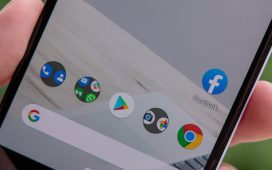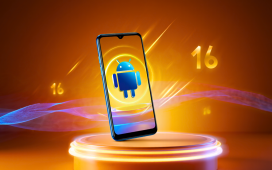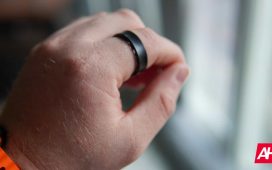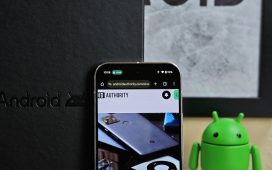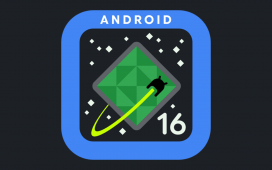Back in 2017, Samsung introduced the world to DeX. This is the technology that can basically turn your smartphone into a miniature desktop. While people were skeptical about it back then, Dex and other forms of desktop modes became a sleeper hit. Now, after nearly a decade, Android 16 is finally getting a desktop mode.
Samsung, Motorola, Lenovo, and other Android manufacturers brought their own desktop modes, so one could argue that the feature existed on Android for years. However, those versions of desktop mode were specific to the phones from the companies that sell them. You can’t use DeX mode on your OnePlus 13 because it’s exclusive to Samsung’s devices. It’s up to Google to design a feature and make it standard across all Android devices. So, desktop mode isn’t a standard feature in Android just yet.
Thanks to Samsung, Android 16 will finally get a true desktop mode
As you know, Samsung and Google are extremely close business partners, and they’ve collaborated on several software-based ventures in the past. Android XR is a prime example. Well, during Google I/O, Google announced that it had partnered with Samsung to help bring a true desktop mode to Android. Along with announcing it, the company also showed off a screenshot of what it would look like.
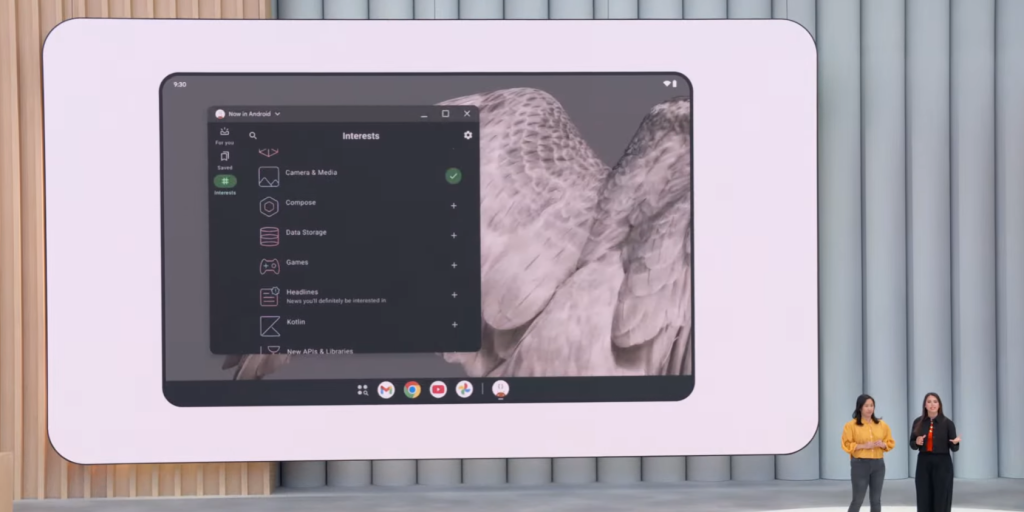
Looking at the image (via 9To5Google), we see that the interface will make the software resemble that of a desktop computer more than an Android tablet. Apps will open in a windowed mode rather than automatically filling up the screen. The windows look pretty much like what you’d see on a Windows computer. On the upper-right corner, we see the Exit, minimize, and window mode buttons. On the upper-left side of the window, we see the name of the app and a downward arrow. We’re sure that this will bring up additional options for the app if you click it.
As for the rest of the interface, we see that Google switched a few things around. The Wi-Fi and battery icons sit at the top right of the screen while the time sits on the top left. At the bottom of the screen, we see the taskbar with your pinned apps, recent apps, and app drawer.
One thing that makes this very different from the standard mode is the fact that you don’t see your apps on the home screen. The screen is completely empty, and the only way to see your apps is through the app drawer or taskbar. If this seems familiar, you’re a Chrome OS user. This might create a bit of a learning curve for using the mode.
This could be a game-changer
In any case, it’s great that Google is thinking of making this feature standard. When Android 16 hits, we’re sure that people will prefer to use the desktop mode. One complaint that people have with tablets (Android tablets and iPads alike) is that the software doesn’t really leverage the raw power behind it. If you have a modern Android tablet, and you want to fully utilize the large screen size, then desktop mode might be the way to go.

